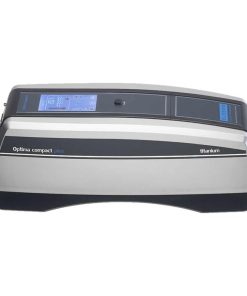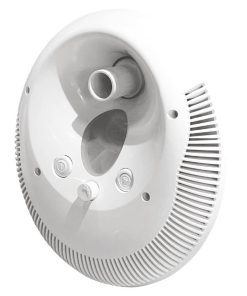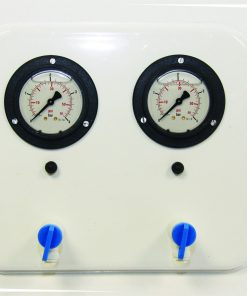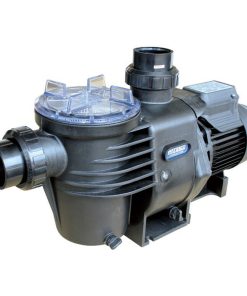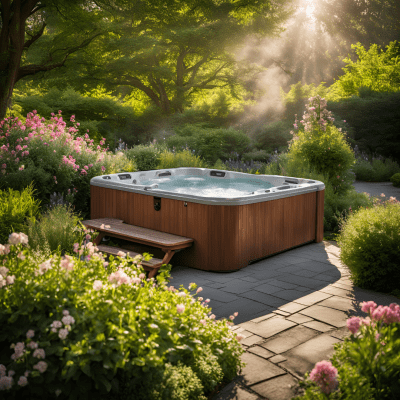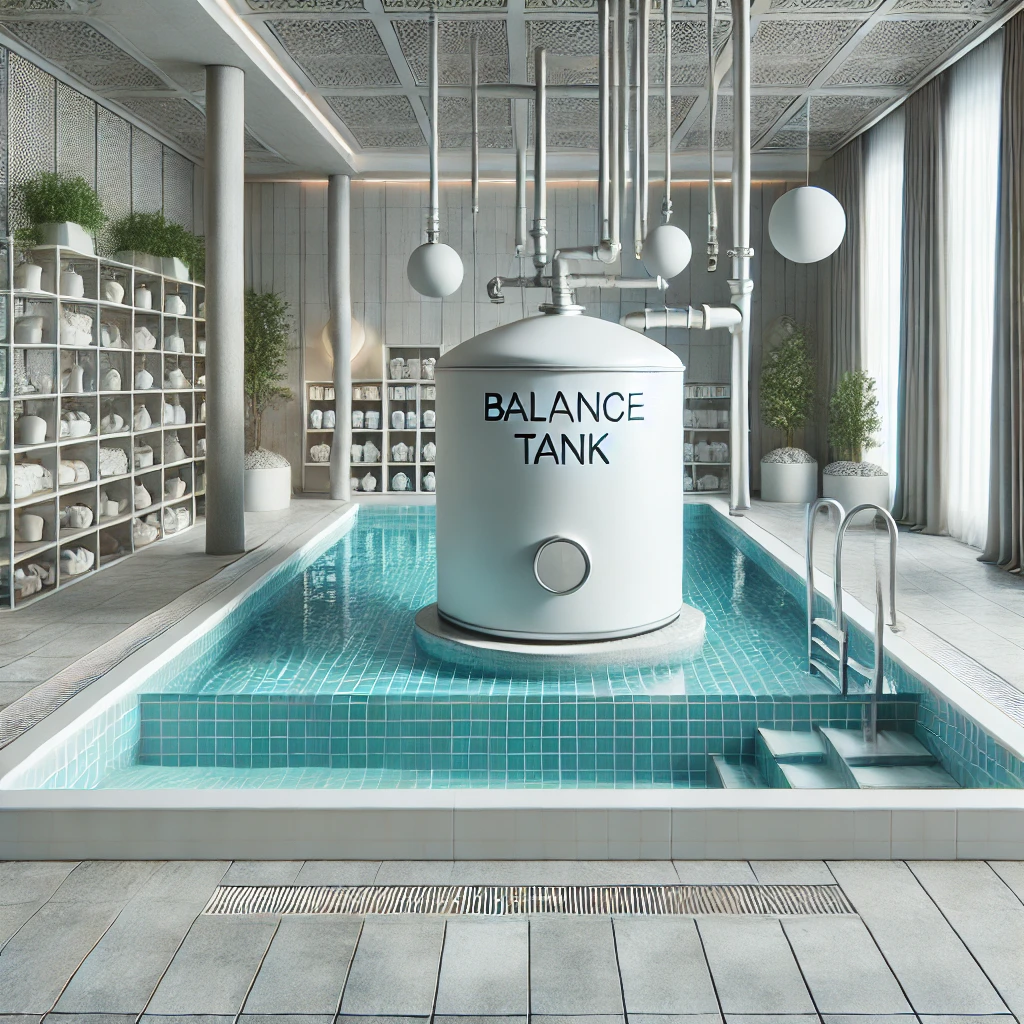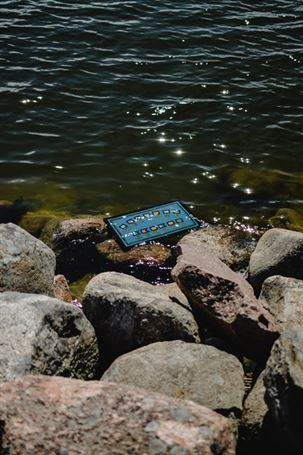Hottub, Swimming Pool
Creating a Spa Pool Control Scheme: Essential Elements for Safety
Essential Elements for Safety in Creating a Spa Pool Control Scheme
Your spa pool needs a written control scheme which functions as a necessary document for risk management. Every system requires a custom-made control scheme that addresses all safety aspects based on its unique features [32]. The following post explains the essential components of a control scheme according to HSE guidance [9].
Your Normal Operating Plan (NOP) requires a control scheme as an essential component which with your Emergency Action Plan (EAP) forms the Pool Safety Operating Procedure (PSOP) [9, 32]. The implementation provides employees with practical knowledge about their necessary actions at specific times.
A Spa Pool Control Scheme consists of multiple essential components.
Spa Pool and Plant Details: The schematic diagram must show a spa pool and its plant equipment as well as all system components including pipework filtration and water treatment equipment [9].
Safe Operating Procedures: Explain how to operate the spa pool properly while maintaining safety through startup and normal use and shutdown procedures [9].
The control methods together with safety precautions need to be detailed in this section. The plan must include precise details about chemical disinfection and physical cleaning and other maintenance operations [59].
Establish the necessary inspection procedures with their corresponding frequency for maintaining spa pool safety [59]. The monitoring schedule includes assessments that need to be performed daily and weekly and monthly.
The procedure outlines required steps for taking remedial action when monitoring indicates that control measures fail to function properly [59]. A spa pool shutdown and shock dosing procedures can resolve operational issues.
The system should provide users with detailed information about spa safety which includes guidelines for hygiene practices as well as rules for bathing times and bather loads and restrictions on spa user groups [59].
Your scheme requires attention to these specific factors [59]:
The spa pool has four characteristics which include its type design and size and its operational capacity.
The water supply’s source together with its water quality rating.
Dosing equipment classification.
The materials used for construction and the piping systems.
Filtration system type.
The heat source together with temperature parameters.
Chemical storage procedures and dosing practices.
The control method to regulate microbial activity must be specified.
A method to control pH.
Cleaning regime.
Chemical and microbiological testing regime.
User groups need to consider their risk factors.
Intended use.
Water replacement frequency.
This document outlines the necessary steps for adverse monitoring results and the criteria needed to shut down the spa facility.
A Written Control Scheme serves what essential purpose?
The written control scheme fulfills multiple critical purposes [9]:
Clarity: A written control scheme serves as an authoritative reference that all spa pool operation and maintenance personnel need to follow [60].
Consistency: The approach guarantees that all required procedures will be carried out correctly and consistently which decreases the possibility of mistakes [60].
Compliance: The control scheme demonstrates your organization’s adherence to health and safety regulations together with HSG282 which is the Health and Safety Executives’ spa pool safety document [6, 61].
Frequently Asked Questions (FAQs)
Where should the control scheme be kept?
The control scheme exists as written documents and electronic storage which should remain accessible to staff members and available for enforcement inspections [9].
Does the control scheme need to be reviewed and updated?
A control scheme needs regular evaluations to verify its effectiveness alongside operational changes or new information discovery [33].
Are there acceptable circumstances for maintaining different control schemes?
The recommended approach is to maintain one control scheme but separate schemes should be created for each spa pool when necessary [32].
What steps should be taken when the scheme proves ineffective?
The scheme should be reviewed immediately and deficiencies should be corrected if the scheme is not effective. The spa will probably have to be closed down until the issue is addressed [22, 23, 32].
Is the control scheme linked with the risk assessment?
The control scheme is the direct output of the risk assessment and it clearly outlines all that you will do to control the risks which you have identified [62].
By preparing a proper written control scheme you will be able to properly manage the spa pool and ensure that the users are safe and that the spa pool is effective.



